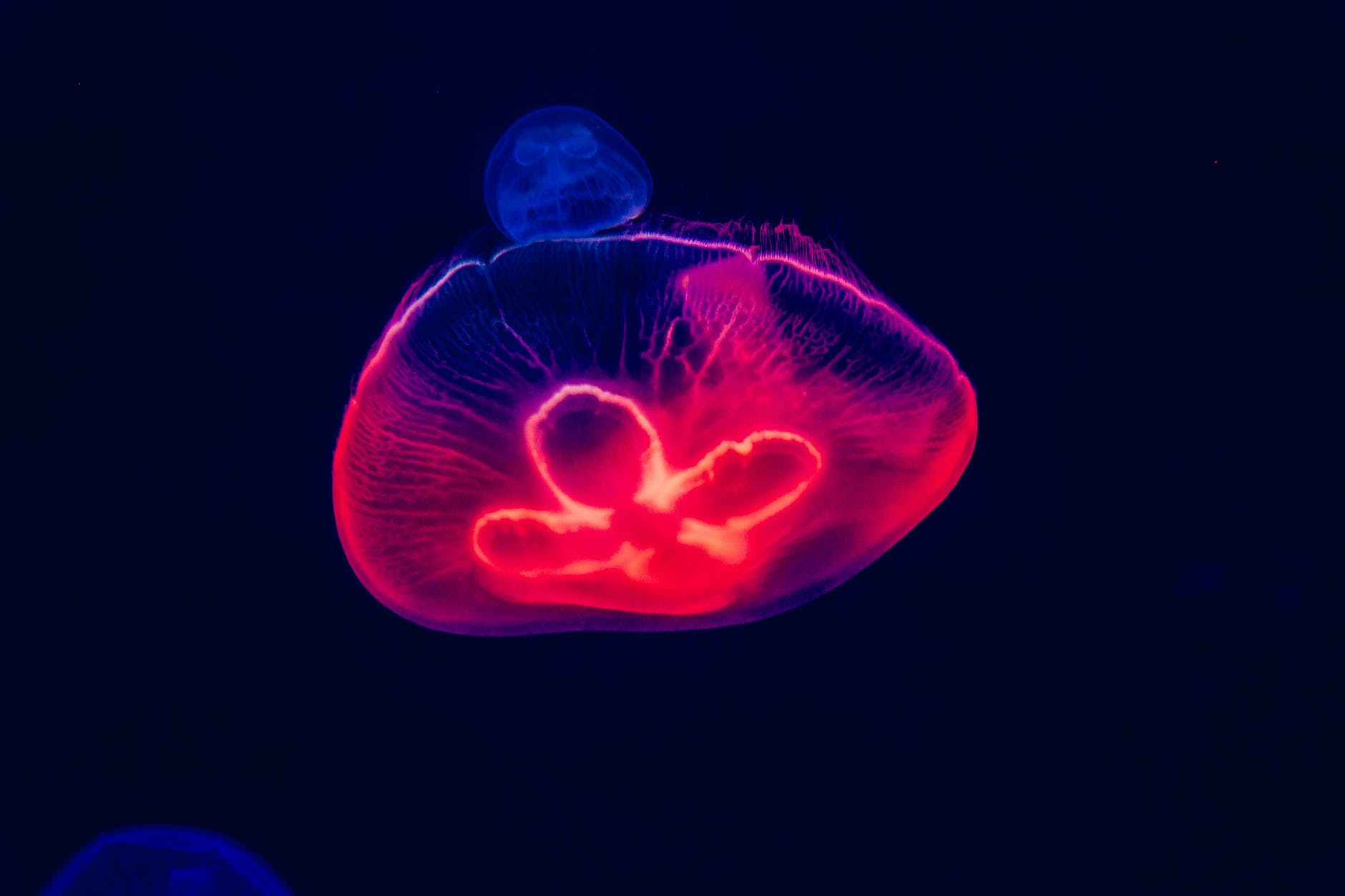The realm of psychedelics has long been intertwined with the world of art and creativity, allowing innovation and insights into the true depths of human perception. As researchers have continued to dive into the multifaceted exploration of psychedelics, they have come across a fascinating intersection between science and art, uncovering a mind-bending meeting point of the romantic and the empirical.
Psychedelics have long been associated with the creation of transformative and visionary works of art. It is widely held that substances like LSD, psilocybin (magic mushrooms), and ayahuasca can promote a sense of heightened creativity and self-awareness, leading to innovative, evocative, and sometimes surreal artistic experiences. Throughout history, significant contributions to the world of art have often arisen, thanks to the influence of these mind-altering substances. For example, several prominent artists, such as Pablo Picasso and Salvador Dali, acknowledged their use of psychedelic substances at some point in their creative process.
To understand the connection between psychedelic substances and artistic creation, one must first understand how these substances affect the brain. Recent research has found that these drugs induce a temporary disintegration of connectivity within the brain’s ego network. This allows not just different areas of the brain to communicate with each other but also facilitates the interaction of different sensory modalities.
This phenomenon can manifest visually as synesthesia, or the blending of sensory experiences – such as “seeing” sounds or “feeling” colors – and is a significant contributor to the production of psychedelic art. Neuroscientific studies revealed that the capability to transform sounds into visuals is present in non-synesthetes who were exposed to psychedelic substances. However, psychedelic artists benefit extraordinarily from this rare neurological condition.
The use of psychedelic substances in artistic practice is continuing to gain traction in contemporary art, with many artists interpreting their experiences through various mediums. So-called “visionary artists” including Alex Grey, Amanda Sage, and Mars-1 have garnered great attention for their stunning and evocative depictions of the psychedelic experience. Their work draws on themes of interconnectedness, global consciousness, transcendence, and the infinite possibilities that lie beyond our everyday perceptions.
Meanwhile, the world of science has not overlooked the importance and potential of psychedelics. Within the scientific community, there is currently a surge of interest in studying these substances and their effects regarding their potential therapeutic use. As it turns out, the same temporary disintegration of connectivity that makes artistic experiences more vivid and evocative when under the influence of psychedelics can also help individuals confront and overcome mental health challenges such as anxiety, addiction, and depression.
Through the process of merging scientific research and artistic exploration, a deeper understanding of the human mind’s vast potential is emerging. Through this fusion of disciplines, we are better able to comprehend our limitless capacity for creativity, empathy, and self-discovery.
As science continues to engage with psychedelic research, it is crucial to acknowledge the rich contributions that these substances have made to the history of art and humankind’s ever-evolving understanding of perception and consciousness. This intersection between art and science becomes even more relevant when we note that artistic creation, similar to scientific invention, is often characterized by the discovery of something new, potentially unfamiliar, and uniquely expressive.
So, whether it’s through the striking visualizations of a visionary artist or the groundbreaking innovations of cutting-edge neuroscience research, the world of psychedelics offers a fascinating meeting point between art and science, providing us with a glimpse into the fabric of human consciousness.
In conclusion, the intersection of science and psychedelic art is a vast and continually evolving realm. It offers a unique lens through which we can explore and better understand the complexities of the human experience and find innovative solutions to some of our most significant societal challenges. From the early days of mystical revelations to the current resurgence of clinical research on psychedelics, it is evident that both art and science are deeply interconnected pathways for the development and expansion of human perception.




